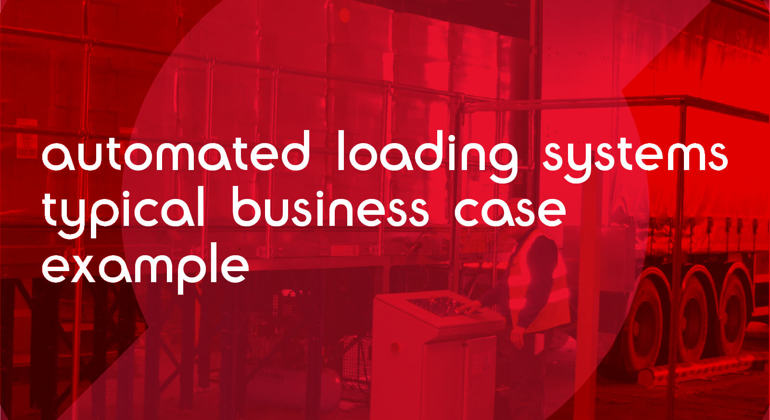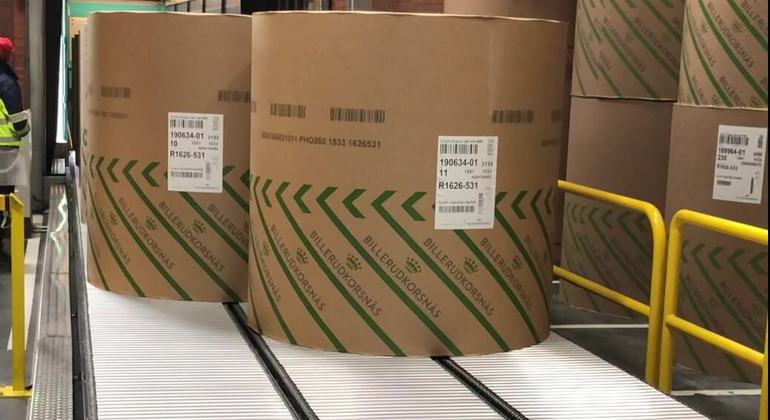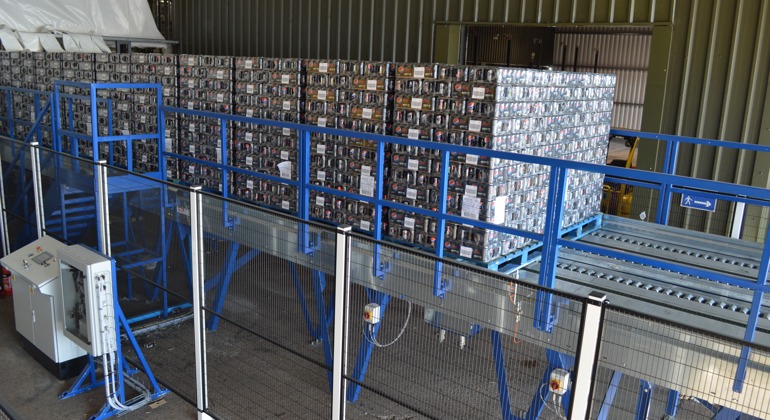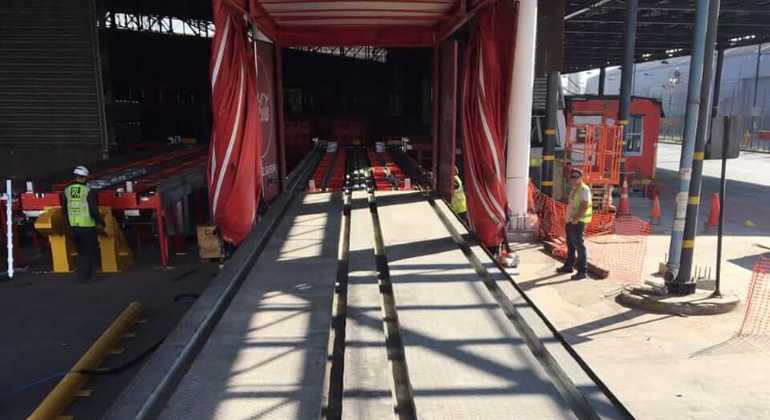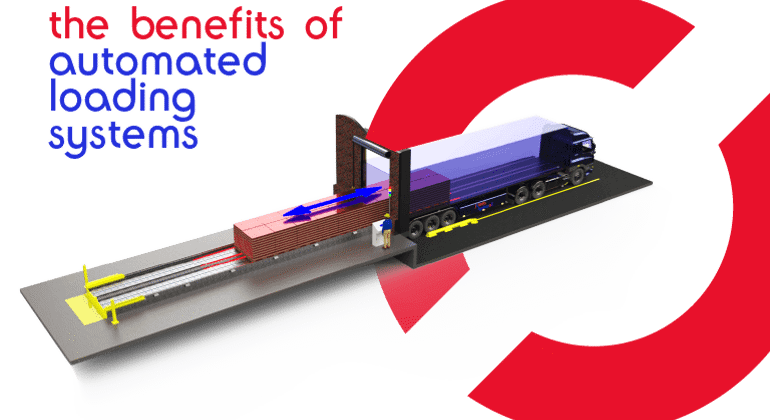Are you about to embark on automation of your manufacturing processes? Here are some tips to implement successful automation.
Identify a starting point and criteria for ongoing prioritisation
Don’t try to do everything all at once. Instead, establish a starting point so that, as the project goes on, you can manage your priorities as part of your business plan. A good general approach to identify a starting point for automation is to pick out tasks that are boring, annoying or somewhat painful in some way. These are always good tasks for automating because they can make humans begin to feel like machines themselves, leading to burnout out and higher turnover.
Connect the automation to your business goals
Sometimes, successful businesses implement automation independently of other efforts. Automation may solve a certain problem, but when it comes to how the automation fits in with the wider goals of the business, it doesn’t quite make as much sense.
Even though automation is solving a business problem, it can create silos, cultural resistance and other concerns. When considering whether to automate, management should be asking themselves how the automation will help them to achieve their business goals within four or five years.
Understand what drives your performance
To improve your performance in time and within budget, you have to measure the right variables. If you don’t, you can end up installing the wrong machinery, sensors or software. Make sure you know which variables you can control, and have a way of recording progress so that you can determine whether there have been any improvements and what your next steps should be.
Note the non-value activities
To create value, you have to manufacture a product that people will buy. If you don’t produce anything of value, you’ll lower the cost of your product. Several of the activities that transform materials into products are what you could call ‘value activities’, whereas others may not be. Understanding which activities create value and which don’t will help you to make more informed decisions about automation.
Set a foundation for measuring results
When deciding whether to automate, it’s important for the project to have measurable benefits. This is especially the case at the beginning, so establish these before setting out on the project.
Time savings are often a good starting point. You can simply measure how long a process took before and how many times the process was completed before the automation, and then measure it again after the automation to assess the gains in productivity and make any appropriate adjustments.
Be open to change
You might have done things a particular way, but that doesn’t have to be the only way. If you want to incorporate automation into your manufacturing, you have to be flexible enough to embrace changes when they’re required. Once the solution is in place, you must still have enthusiasm for the automation and the motivation to work with it. Welcome the changes, and motivate the employees.
Take small steps
When taking on an automation project, it can be very tempting to engage in lots of things at the same time. That’s understandable as you’ll be optimistic about all the benefits automation brings. Projects always encounter setbacks, however, and taking on too much at once will just pave the way for failure. Instead of biting off more than you can chew, it’s better for the project team to just take small steps, automating a little at a time and ensuring the automation is providing value to everyone in the business, including supply chain managers, before moving on to the next project.
Make sure you have skilled people for the project
Automation requires a technical skillset, so you should understand your requirements and be honest about how well your employees would be able to implement automation. On the process engineering side, you’ll need people who can operate, troubleshoot and program the machinery and software. On the maintenance side, you’ll need people who have the skills to handle any issues that occur, rather than have to depend on the vendor all the time whenever there’s a problem. Review the talent in your company and train up as required before the implementation begins.
Continue the process
Once you’ve implemented automation successfully, that doesn’t mean it’s the end of the project. Sooner or later, the automation is going to need modifications, so you should prepare for this and know how to deal with any changes. You should evaluate the impact of any modification in the process and determine what your next steps should be as part of the project plan and document these on a gantt chart

